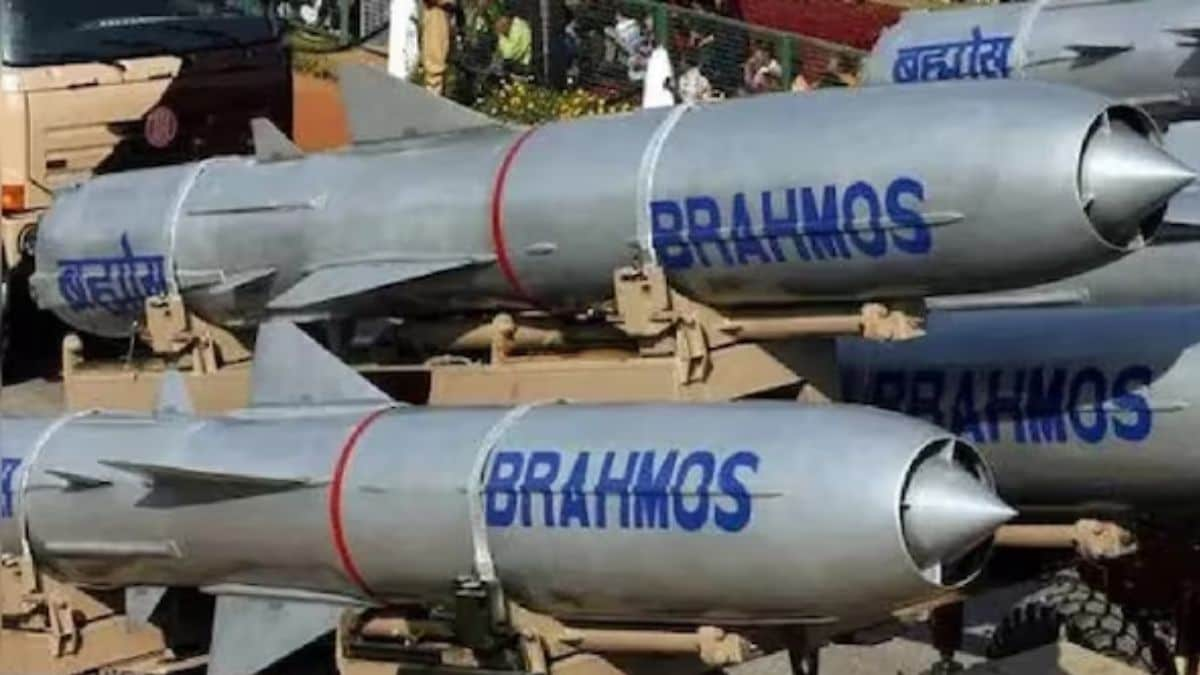

President Ferdinand Marcos Jr.'s recent visit to India underscores the growing strategic partnership between the two nations, particularly in defense and maritime security. A key element of this burgeoning relationship is the Philippines' acquisition of the BrahMos supersonic cruise missile, with the naval version holding immense potential to address the Philippines' unique defense challenges.
The Philippines faces an increasingly assertive China in the South China Sea, where territorial disputes over features like the Scarborough Shoal and Spratly Islands have escalated tensions. The Philippine Navy, long constrained by outdated equipment and limited funding, needs a credible deterrent to protect its sovereign rights and maritime interests.
The BrahMos missile, developed jointly by India and Russia, is a game-changer for several reasons. Its supersonic speed (3,450 kilometers per hour) and a range of approximately 290 kilometers provide minimal reaction time for adversaries and cover critical chokepoints in the region. Moreover, the BrahMos is versatile and can be launched from various platforms, including land-based launchers, ships, submarines, and aircraft.
While the Philippines has already acquired shore-based BrahMos batteries to bolster its coastal defense, the naval version offers a significant leap in capability. Equipping the Philippine Navy with Indian frigates and destroyers armed with BrahMos missiles would extend Manila's reach beyond coastal defense, allowing it to engage hostile vessels at sea, disrupt supply lines, and protect its extensive 36,000-kilometer coastline.
The BrahMos's Vertical Launch System (VLS) enables salvo launches of up to eight missiles, overwhelming enemy defenses. Unlike static coastal batteries, mobile naval platforms can evade detection and reposition rapidly, reducing vulnerability to counterstrikes. Integrating Indian radar systems or leveraging joint exercises with allies like the U.S. and Japan could mitigate the Philippine Navy's limitations in over-the-horizon radar and aerial ISR.
The acquisition of the BrahMos and potential procurement of additional defense equipment from India align with the Philippines' ongoing military modernization program, which aims to upgrade the country's aging military and enhance its ability to defend its territory. The Philippines' maritime dispute in the South China Sea has prompted it to scale up defense cooperation with countries like India and Japan to ensure peace and stability in the contested waters. India has also joined Manila in explicitly asking China to abide by a 2016 arbitral tribunal award that refuted Beijing's expansive claims over South China Sea waters.
The Philippines is exploring further purchases of Indian defense systems due to their "quality and affordability". Two more sets of the Indo-Russian BrahMos missile are expected to arrive over the next few years.
Notably, India's growing defense outreach in Southeast Asia extends beyond the Philippines, with Indonesia and Vietnam also reportedly in talks with India regarding the BrahMos missile. This reflects a broader trend of increasing defense cooperation between India and Southeast Asian nations, driven by shared concerns over regional security and a desire to maintain a rules-based order in the Indo-Pacific.
The joint naval exercises between the Indian and Philippine navies in the South China Sea further exemplify the deepening defense ties. These exercises enhance interoperability and maritime cooperation between the two countries and send a strong signal of their commitment to upholding freedom of navigation and international law in the region.
In conclusion, the naval version of the BrahMos missile represents a crucial capability for the Philippines, bolstering its maritime defense and enhancing its ability to protect its interests in the South China Sea. President Marcos's visit to India and the ongoing defense cooperation initiatives signal a deepening strategic partnership that could significantly reshape the regional balance of power.